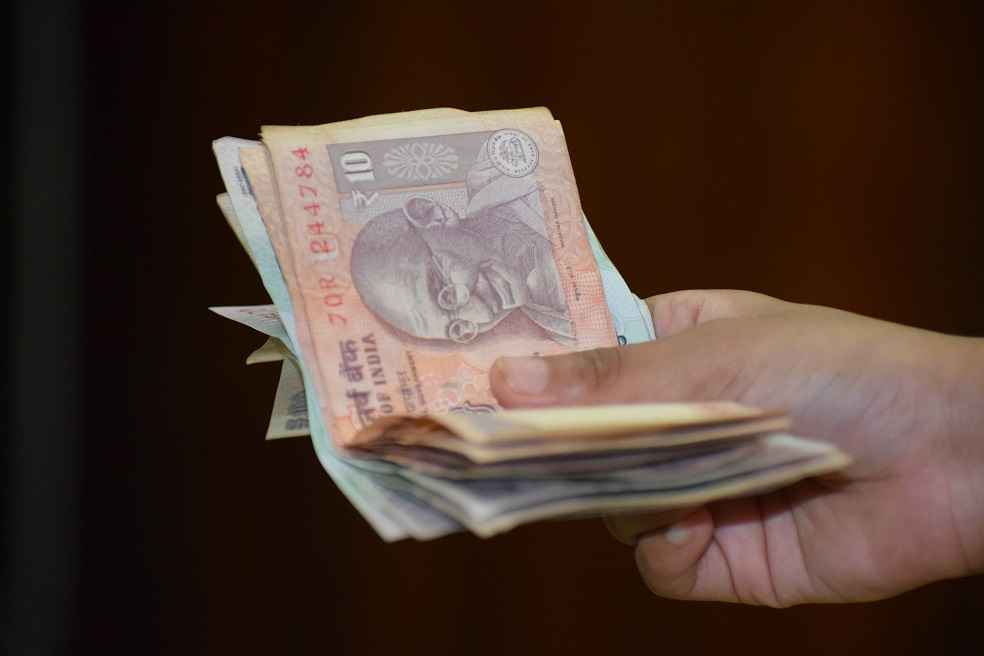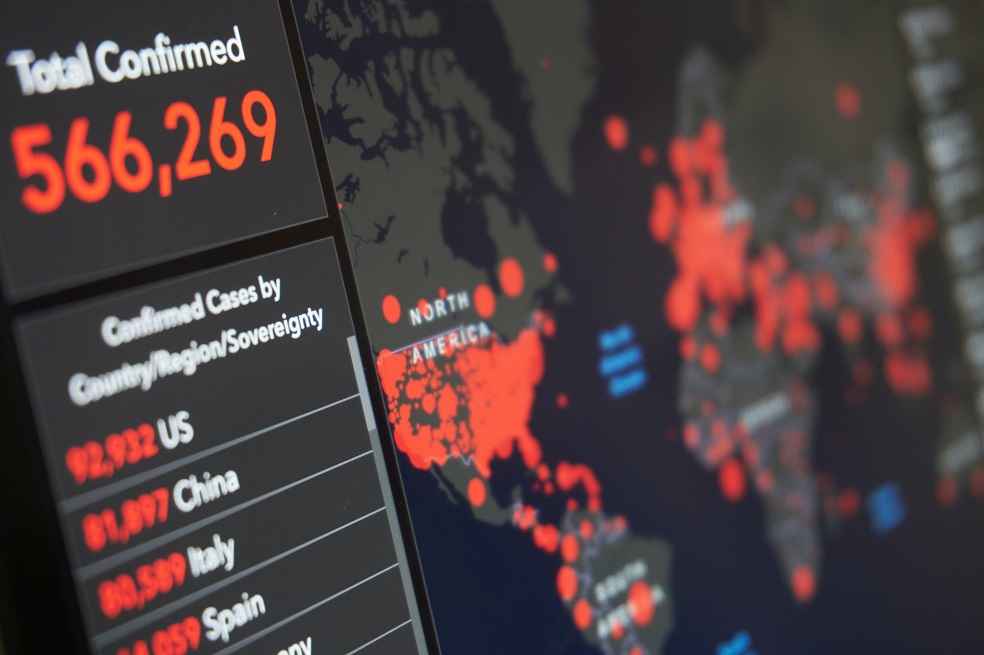As global cross-border e-commerce exports are projected to reach $2 trillion by 2025, India’s e-commerce sector is poised for significant growth. Current estimates suggest India’s annual e-commerce export potential could fall between $200 billion to $300 billion by 2030, according to the foreign trade policy.
Aiming to level the playing field, the Ministry of Commerce is reportedly in discussions with various regulators and departments to align tax refunds for e-commerce exports with those for traditional channels. Santosh Kumar Sarangi, Director General of Foreign Trade (DGFT), stated on Tuesday that adjustments to policy and regulation were essential, given the shift from a dominant business-to-business (B2B) trade interface to a rapidly expanding business-to-consumer (B2C) e-commerce market.

Key challenges include ensuring that e-commerce sellers can access the same tax and duty remissions available to traditional exporters. Sarangi highlighted that current trade regulations, designed primarily for B2B transactions, need a significant overhaul to address these issues.
One of the critical mechanisms for managing cross-border trade, the Indian Customs Electronic Gateway (ICEGATE), plays a crucial role in facilitating these proposed changes. Operated by the Central Board of Indirect Taxes and Customs, ICEGATE serves as the primary conduit for information exchange with external trading partners.
However, Sarangi pointed out that often, the producer and the exporter are not the same entity in the e-commerce realm. This divergence could create complexity in the tax remission process, as it is traditionally calculated based on the record of shipping bills in ICEGATE, which reflects the value of exports.

To streamline the tax refund process, the DGFT is working on integrating the Electronic Customs Clearance System (ECCS) with ICEGATE. The proposed integration would enable the smooth flow of shipping bills into ICEGATE, a crucial step in ensuring e-commerce exporters can benefit from tax remissions.
To fortify the e-commerce ecosystem further, consultations are ongoing with various stakeholders, including courier services and e-commerce giants like Amazon, Flipkart, and eBay. Sarangi emphasized that having multiple systems “talking to each other” would be critical in ensuring the benefits of export reach e-commerce exporters.
Regulations will also need to account for the unique challenges of e-commerce, such as higher product return rates, estimated at 15-20%, which differs significantly from traditional B2B exports. As such, the government is actively collaborating with key departments and e-commerce players to develop suitable principles and guidelines to facilitate these unique aspects of e-commerce.
With these concerted efforts, the Indian government hopes to unlock the full potential of its e-commerce export sector while ensuring parity with traditional export channels.
LATEST NEWS: US-China Tension Persist; US, Taiwan Sign Historic Trade Deal



